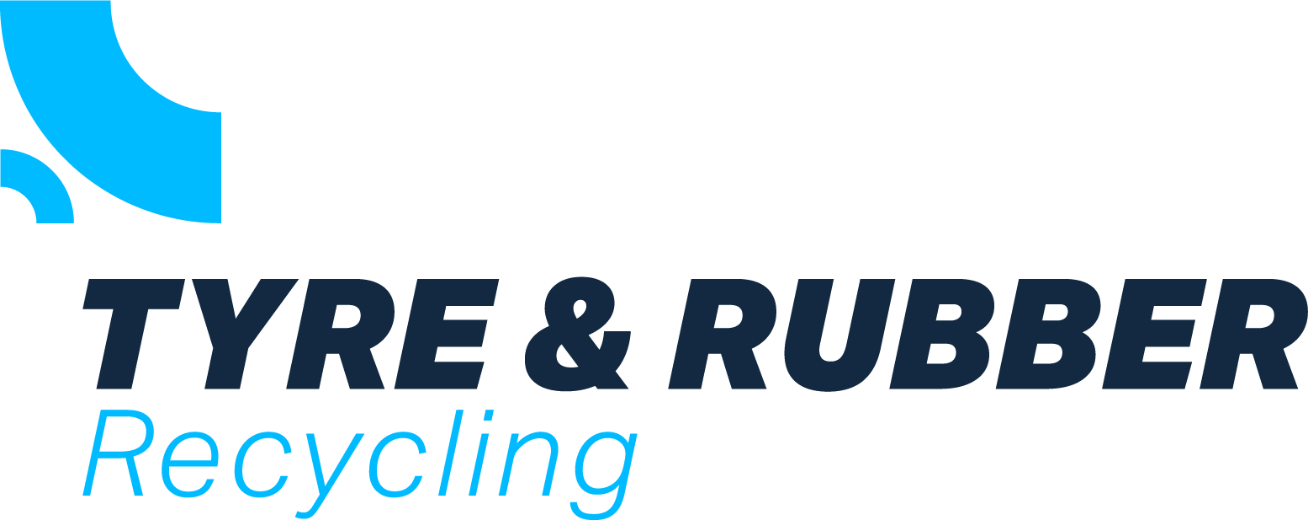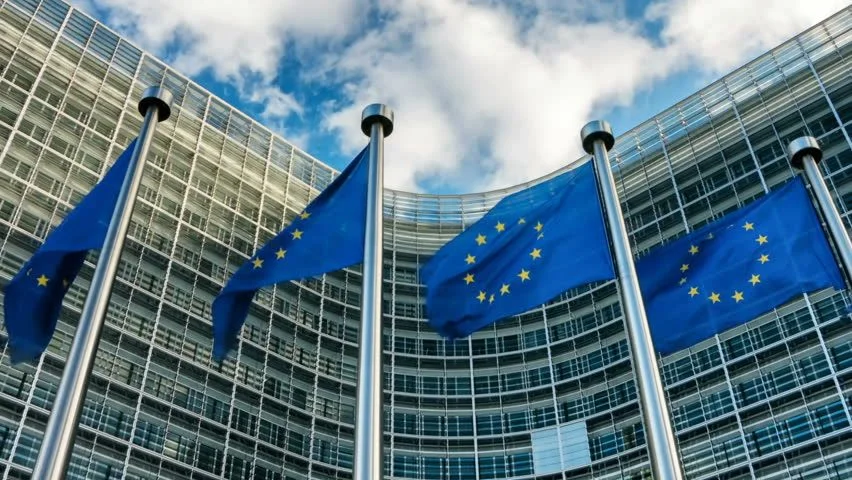BIPAVER (Bureau International Permanent des Associates de Vendeurs et Rechapeurs de Pneumatiques) represents the independent European retreading industry
BIPAVER represents its members’ interests concerning national and international legislation and technical regulations at the UN-ECE level, as well as informing political and public stakeholders about the ecological and economic aspects of tyre retreading and repair. BIPAVER also collaborates with industry associations such as ETRMA and ETRTO to represent the interests of its members.
BIPAVER supports the EU Commission’s initiative to improve the conditions for implementing the circular economy and making better use of secondary raw materials.
Tyre retreading plays a decisive role in reducing waste and implementing the circular economy in the tyre sector. Retreading is currently represented in the commercial vehicle sector with a market share of around 30% in the European replacement market.
An average truck tyre has a total weight of around 70 kg, with between 15 and 22 kg on the tread.
This leaves around 50 kg of high-quality rubber and steel components that could be reused in retreading, provided the casing is designed for a multiple use. In some application segments, several retreading cycles are even possible (e.g. aircraft tyres are retreaded up to five times).
The Ernst&Young report states that; The socio-economic impact of truck tyre retreading in Europe” highlights the benefits of using a quality retread.
Compared to a non-retreadable low-end tyre, a retreaded tyre enables savings of
▪ 70% natural resource extraction (ore, oil…)
▪ 29% land use
▪ 24% CO2 emissions
▪ 21% air pollution
▪ 19% water consumption.
Despite this positive aspect of retreading, the following challenges affect our industry and should be regulated as part of the Circular Economy Act:
▪ The retreadable carcasses, the worn tyres that form the basis for retreaded tyres, must not be treated as “waste”, but as a high-quality raw material – In some member states tyre casings selected for retreading are not counted as waste, in others they are.
▪ The classification of retreadable carcasses as “raw material” (being the base of every retreaded tyre) instead of waste would facilitate the intra-European transportation of these carcasses.
▪ For many years, retreaded commercial vehicle tyres have proven to be a sustainable product and an equivalent replacement for new tyres in many areas of application. Cheap, generally non-retreadable new tyres from Asia have increasingly pushed retreaded tyres out of the market and severely damaged the retreading industry.
▪ For this reason, their use should be supported and promoted by politics as a significant contribution to strengthening the “RE-USE” case prioritised in the recycling hierarchy.
▪ Especially in public sector tenders, which often concern wear-intensive urban tyre applications (city buses, refuse collection, street cleaning, building yard vehicles, etc.), retreaded tyres are currently excluded in many tenders or new tyres are preferred.
▪ In other areas of freight transport, retreaded tyres could also make an important and directly effective contribution to the goals of the circular economy.
A potential that has unfortunately only been insufficiently exploited to date.
▪ Many EU directives, e.g. on taxonomy (Delegated Regulation (EU) 2023/2485) or energy efficiency (Directive (EU) 2023/1791), require certain energy efficiency or noise emission classes for the use of tyres in relation to the EU tyre label (Tyre Labelling Regulation (EU) 2019/40), which retreaded tyres cannot currently meet. There is currently no EU tyre label for retreaded tyres, which means that their application is de facto excluded. Here too, the retreaded tyre should be recognised as an “eco-product” even without an EU tyre label.
BIPAVER is therefore in favour of these points being included in the considerations that are to lead to the development of new framework conditions for improving the circular economy and is prepared to play an active role here at any time.

















